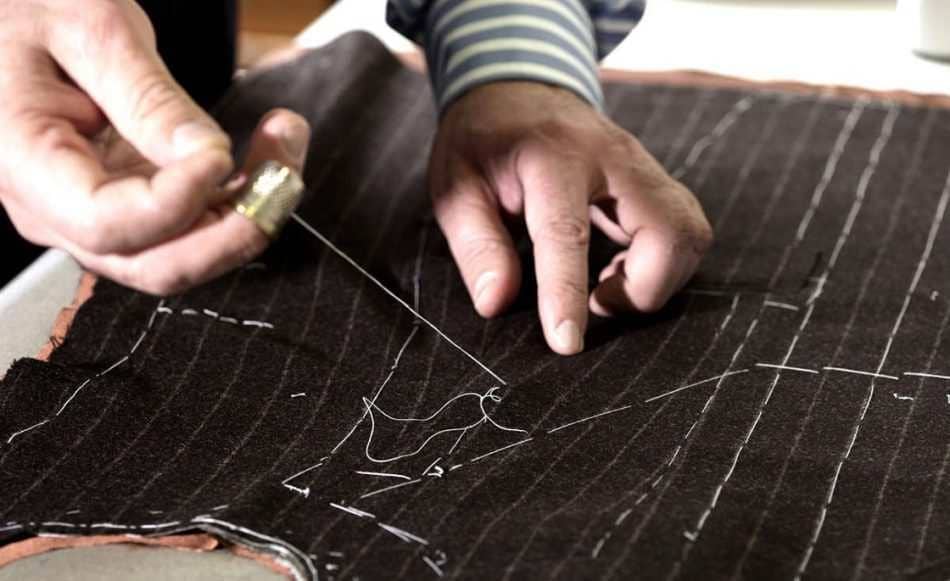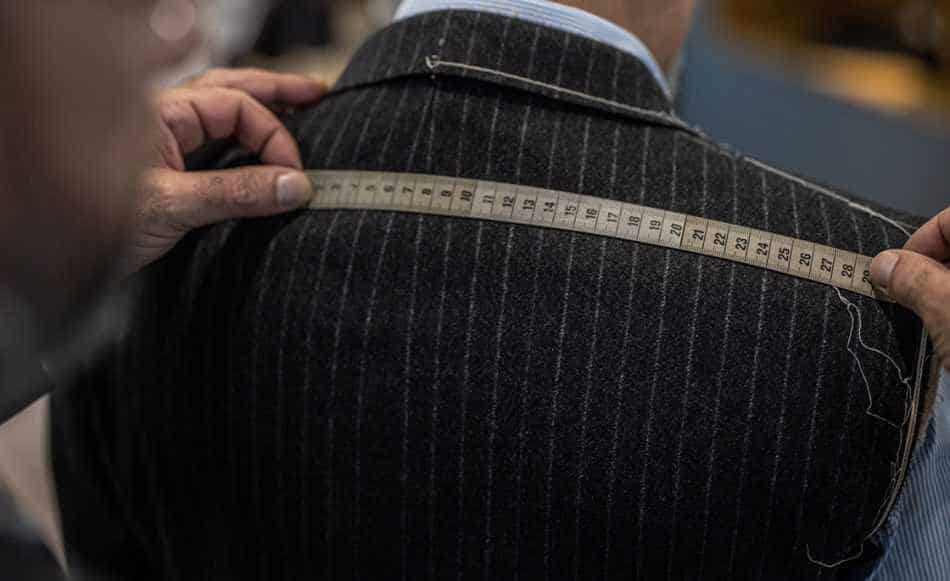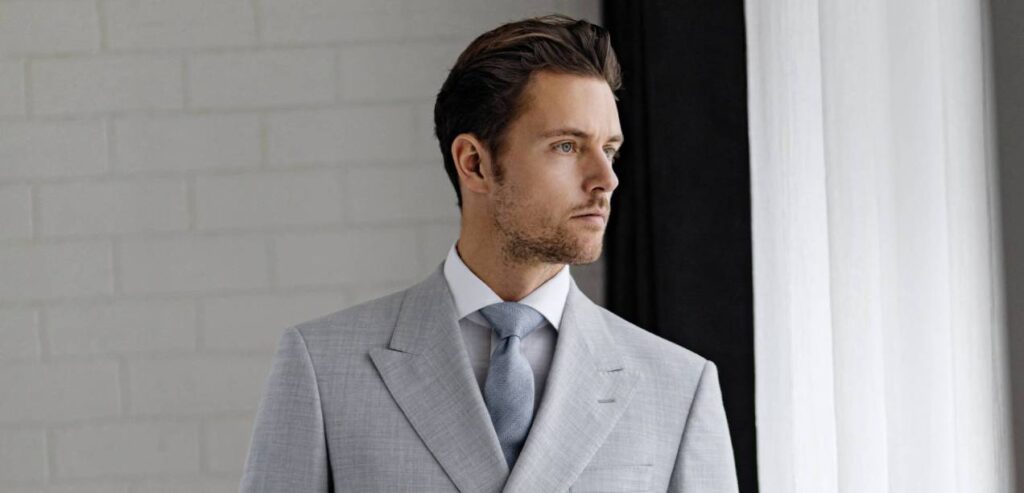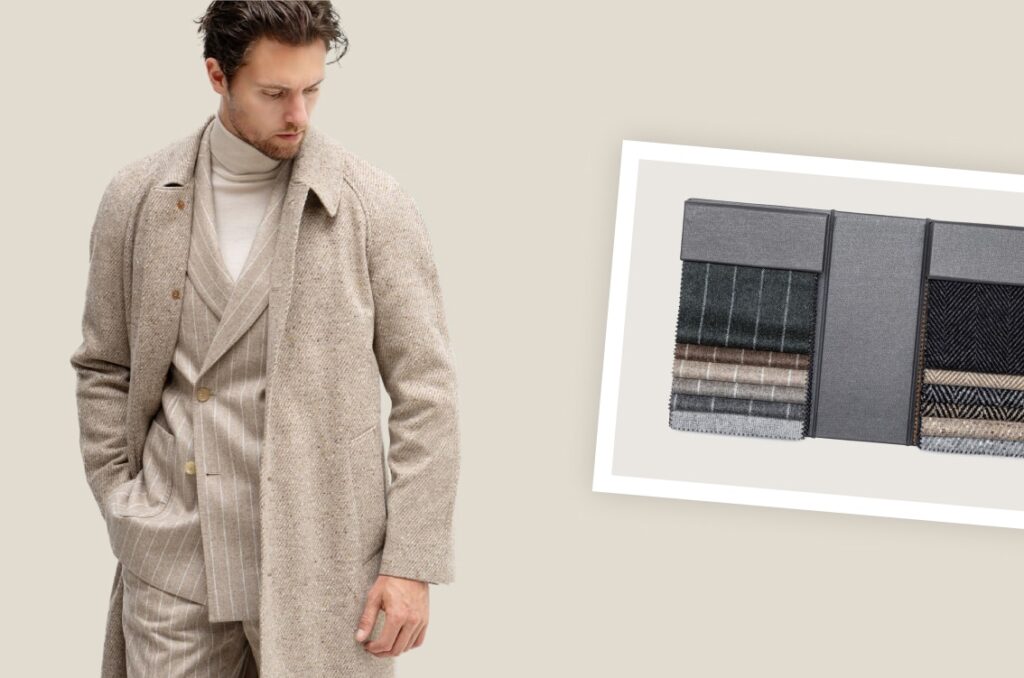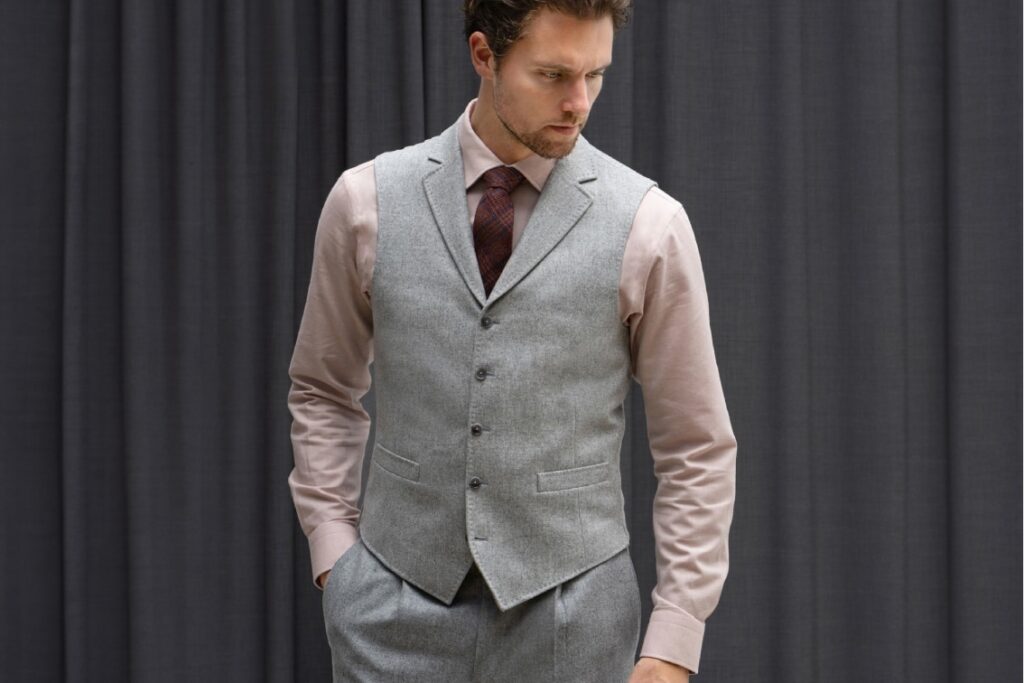Fernando Pereira, CEO of SuMisura, spoke to João Jacinto, the author of The Gentleman blog, and the result is an article about the elegance of those who take their dress seriously.
Read the conversation here:
Fernando Pereira, an elegant man. We missed this conversation with one of the men in Lisbon who knows the most about tailoring and its art. The son of a merchant trained at the renowned Lourenço & Santos, and a mother who was a seamstress for illustrious Lisbon tailors, he began his professional life in 1977 at Pigalle, a high-end shop founded by his father in Faro.
Having already had experience in the trade and distribution of prestigious international brands in Portugal, in 1998 Fernando, sensing the changes that were coming in the sector, deepened his textile knowledge at the Catalan company Gorina s.a. and began working in the art of made to measure with prestigious international houses such as Italy’s Ravazzolo.
In 2002 he decided to embark on a pioneering adventure in Portugal by founding suMisura Mestres de Medida Lisboa, totally dedicated to bespoke tailoring and shirting. Over the 18 years of the company’s life, Fernando Pereira, who is above all passionate about his métier, has gathered not only experience but also a comprehensive and effective list of partnerships with renowned artisans and craftsmen in the trades of weaving, tailoring, shirting, shoemaking and accessories, which guarantee the excellence of the garments that suMisura produces for its clients.
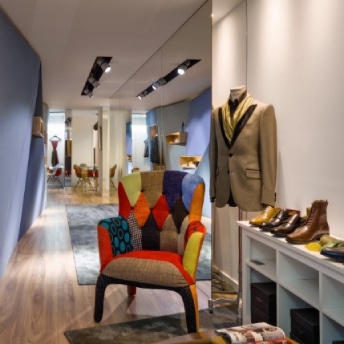
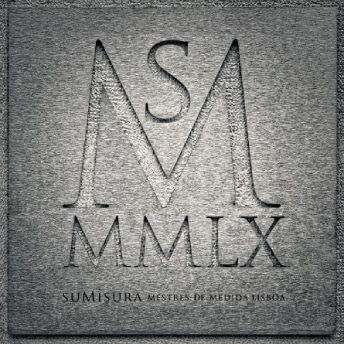
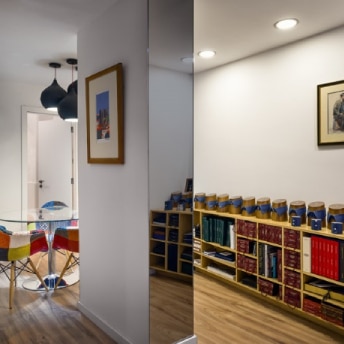
1. What is an elegant man?
I’d call a nine-year-old boy in the 1980s called Vitor Barroca Moreira who, on a wall, painted what he thought Love was “It’s a green bird in a blue field at dawn”, because for me it’s the most assertive.
To put it in a reductive way, i.e. in relation to dressing and dressing alone, pre-pandemic would be something like: To be elegant is to be aware of “dressing for the occasion” without any effort or doubt. This has to do with a culture of the sophistication of simplicity. Being elegant at this level goes beyond tips on how to wear a suit, a blazer, chinos and possible combinations. Let’s note that the way to approach the subject is not to “have” but to “be” elegant, which implies values related to the balance of opposites and gender harmony in both colours and shapes so that, beyond the occasion, elegance speaks for who you are.
Being thin, being fat, being exuberant or discreet are not about elegance, they are about ephemeral concepts of aesthetics. Elegance simply has to reflect a personality and be very easily intelligible to others. And this is where a relationship between a stylist, tailor or shopkeeper and their client should begin.
2. Which items are essential in a man’s wardrobe and why?
Until a year ago the answer would have been obvious, after knowing what kind of man we were talking about and his daily life and needs. I’m fully convinced that the role of clothing items will undergo profound changes.
However, if we’re talking about the type of client who visits suMisura the most, who is an active man, businessman, executive or professional in areas such as law or consultancy and who is looking to build his professional wardrobe, I would say to start with the TOP FIVE essentials, namely: An anthracite suit, a dark blue suit, a diplomatic stripe no longer than 20mm, a small pattern (agrée, birds eye, salt & pepper, herringbone, etc.) and a dark blue blazer, perhaps, with appropriate taste, the most versatile piece.
Always wear a dinner jacket and, if possible, a tailcoat. Given the question, I won’t mention the jacket. For leisure, chinos and jeans, a bomber and a sports jacket. White or pale blue shirts for the working week, two polo shirts and two sports shirts for casual time. I’d say these are the basics for a man to look good for any event or occasion. I’ve only referred to the model and pattern and left the most important for last.
The most important thing is to know where you live in terms of climate and to match the fabrics to the climate and performance you want. This is where the knowledge of what a warp is, the composition and weight of fabrics, both in tailoring and shirting, comes in, and this is a subject for real treatises.
3. Is there a role model when it comes to male elegance?
Not really. And all the ones I can mention are so old that nobody remembers them any more. I must confess, without any kind of moralism or judgement that comes from other trades, that when I’m singled out by someone who is “Top” these days, I rarely think it’s elegance, often exhibitionism.
A man with a beard, displaying tattoos, adorned with metal, round sunglasses, is called a dandy, a hipster… every year there’s a geek consuming the creators’ trends. Elegance tends towards style and style has little room to show itself.
4. Honoré de Balzac said in his work On Dress and Eating that a man could be known by the tie he wore. Care to comment?
Of course. I congratulate you on your question. Beau Brummel, Wilde or Balzac actually transport us to the elegance we’ve been talking about and the tie is a very particular subject. We don’t know what’s coming, but what came was not good. A few years ago, a man with slicked-back hair, a dark suit, a shirt open to the chest showing a precious metal wire and a crucifix would have been connoted by non-verbal language as something far removed from serious leadership.
On the other hand, the near excommunication of the tie by a new working class that is much less sedentary and more solitary has spread to all areas of service. A law firm, an auditing company or a bank that uses (still) codes of conduct and dress and, the suit is usually dark, almost everyone in a white shirt, and now no tie. Is it freedom of the individual or social corporatism? A candidate for President of the Republic, by aligning himself with this corporatism, in this electioneering case, of dressing badly, just like everyone else, gave off the image of a cultured man fresh from a severe diet rather than someone energetic and confident.
The range of shirt collars exists precisely to respond to the compromise between the type of neck (high, low, thin or bulky) as well as the use and type of tie knot that best suits each one, and the myriad of patterns, textures and fabrics responds to the season, fashion statement and, above all, speaks of us, while in silence.
And then this citizen, so different from any other citizen, took off his tie, unbuttoned three buttons and discovered a new problem and need: a collar that is composed, without a tie, for any type of neck, an all-in-one that will restore some of the dignity that has been lost. Frankly, I don’t foresee a very good future for this lady of elegance. Mr Balzac knew very well what he was talking about when he spoke of this garment that is caressed when put on.
5. Men’s fashion has undergone changes in recent times. How do you see the future of Made to Measure?
Made to measure is an excellent solution for those who take their dressing seriously, and one that I think should come closer to the consumer than it has so far. Made to measure doesn’t mean “made to measure” and doesn’t stop at wedding suits or business suits. In the case of suMisura, the measure exists across the board: everything that can be made to measure, we do.
Suits, shirts, blazers, knitwear, shoes, snickers, ties, chinos, jeans, accessories – it’s a whole range that places made to measure on the pinnacle between classic tailoring and shirting and ready-to-wear and, in our case, with an extensive range of smart casual and leisure options. I think that throughout the chain the wool industry will have a Herculean and complicated task ahead of it, and we’ll see this change right from the source, namely in the merino herds of Australia and New Zealand that supply the whole world with this natural and noble fibre, superfine wool, which will have to compete with technological textiles.
The garment factories will also have to weather this storm. It’s not going to be easy, but if there’s one industry that has proved its resilience, it’s this one, and it will continue.
I don’t know the future and I don’t think anyone knows for sure much more than that many parameters will change, particularly in terms of consumption. I believe that Made to Measure has all the weapons to overcome the post-pandemic recovery and I’m sure that it will have a marvellous reunion with its customers, so that it can start working again, events can return and customers can move around and buy without fear or restriction.
Discover The Gentleman blog here.
